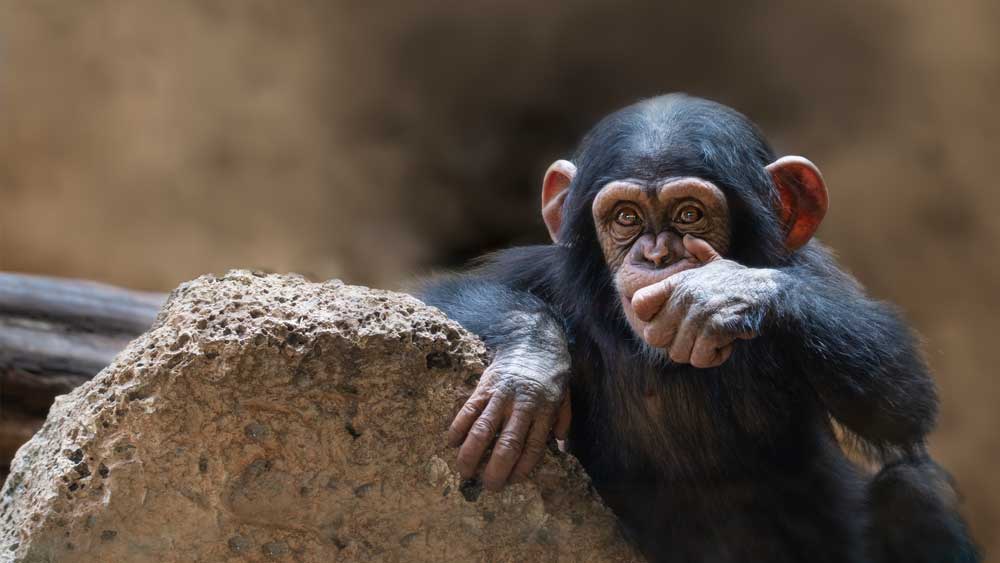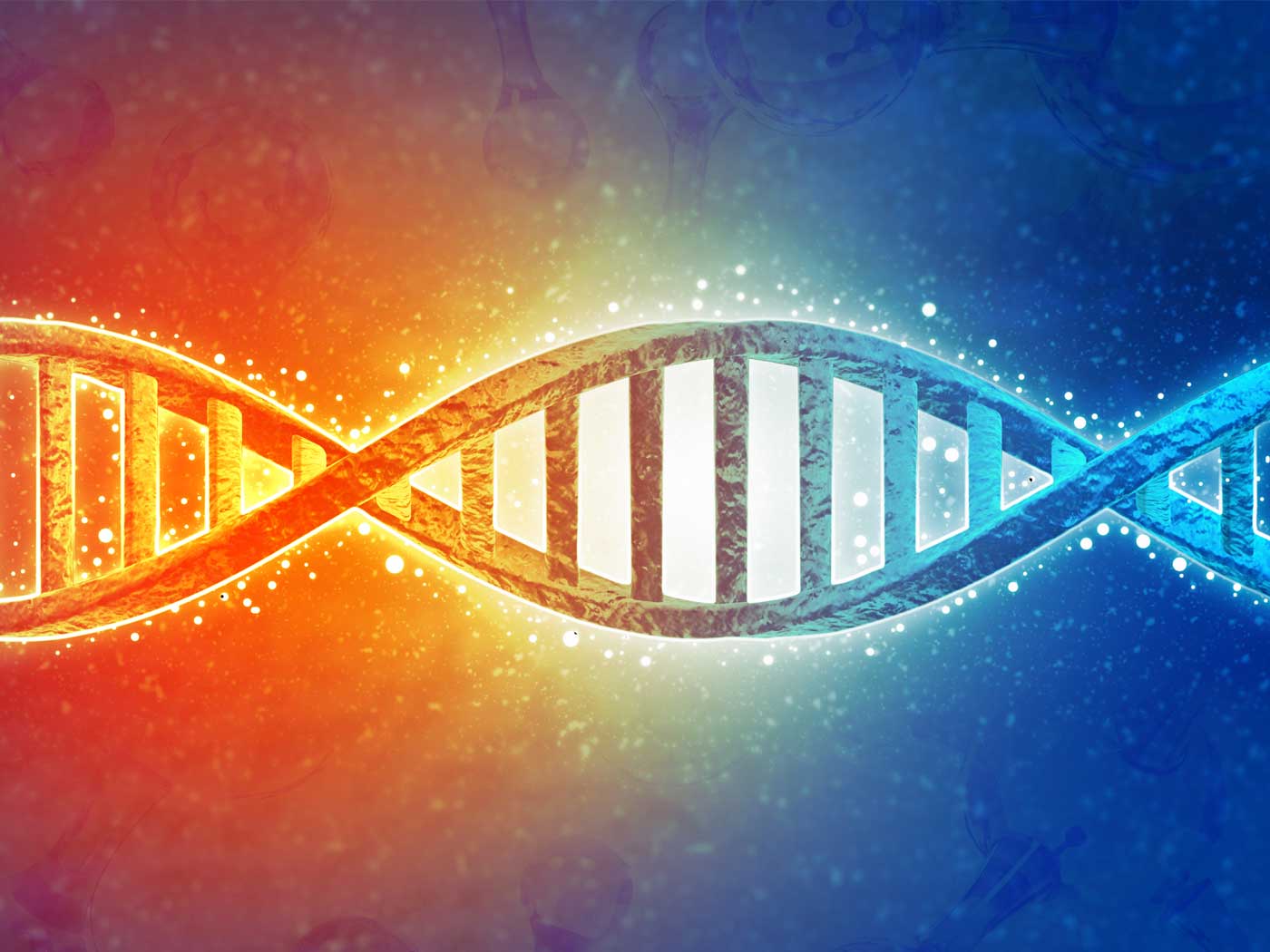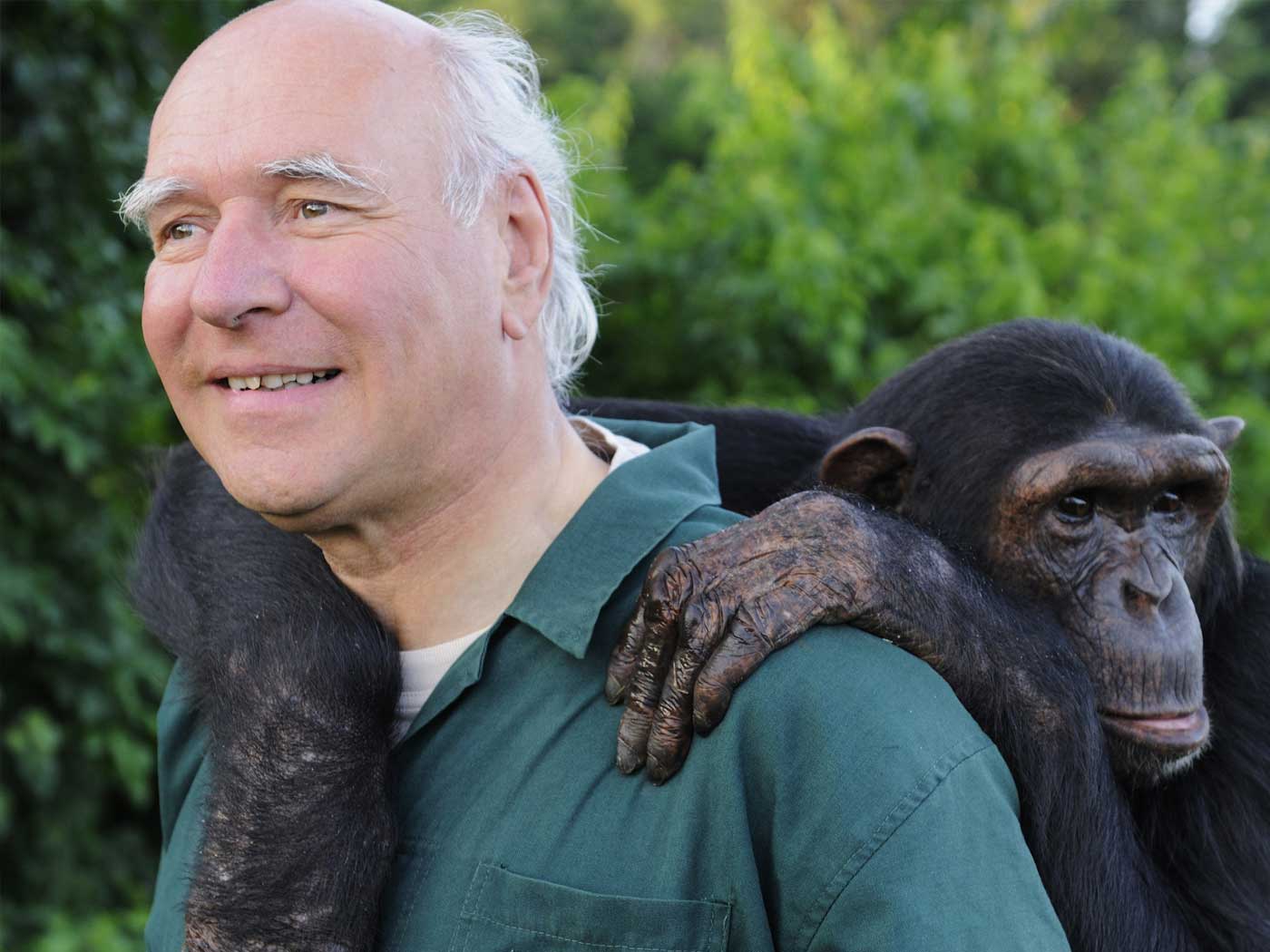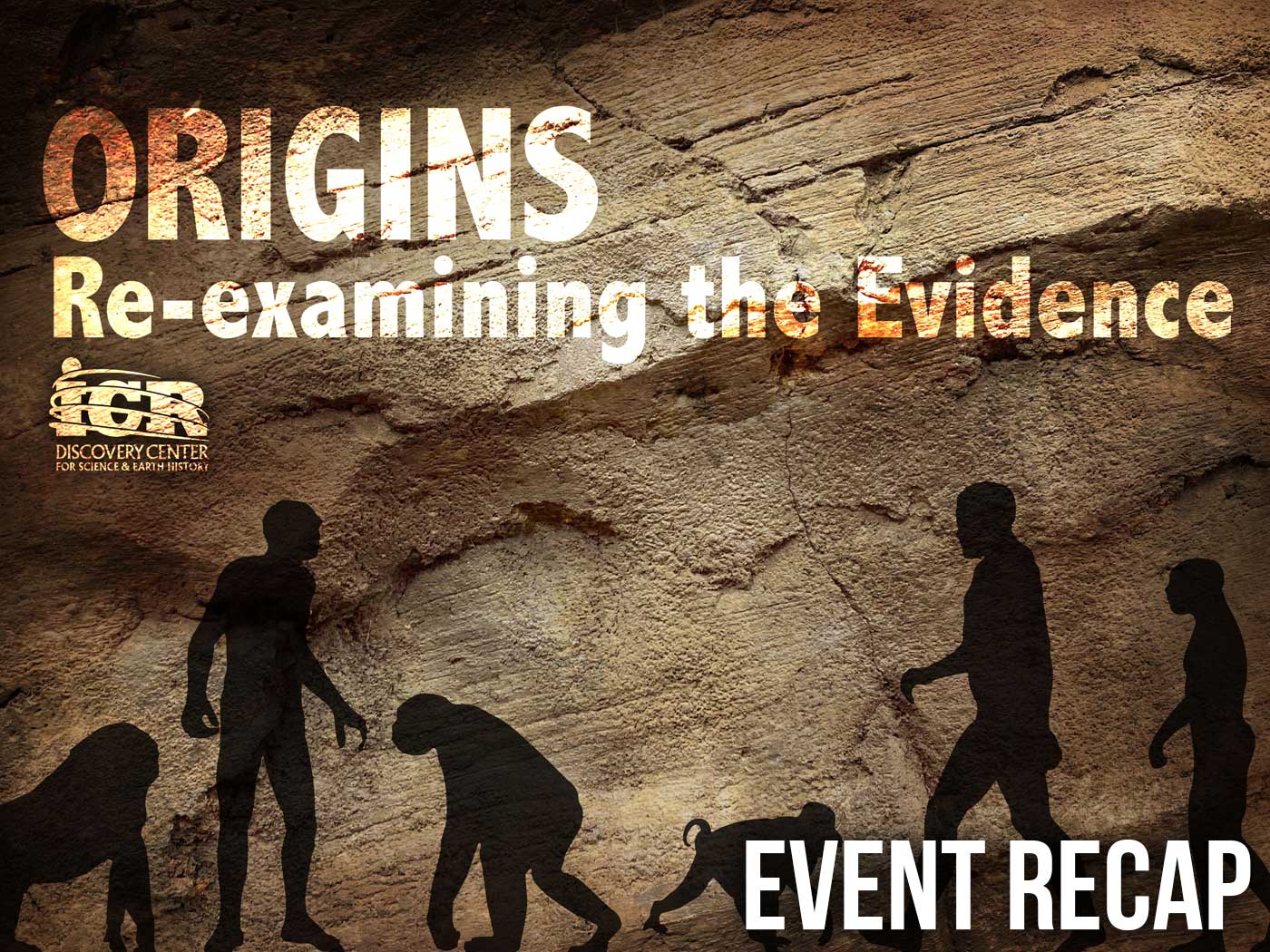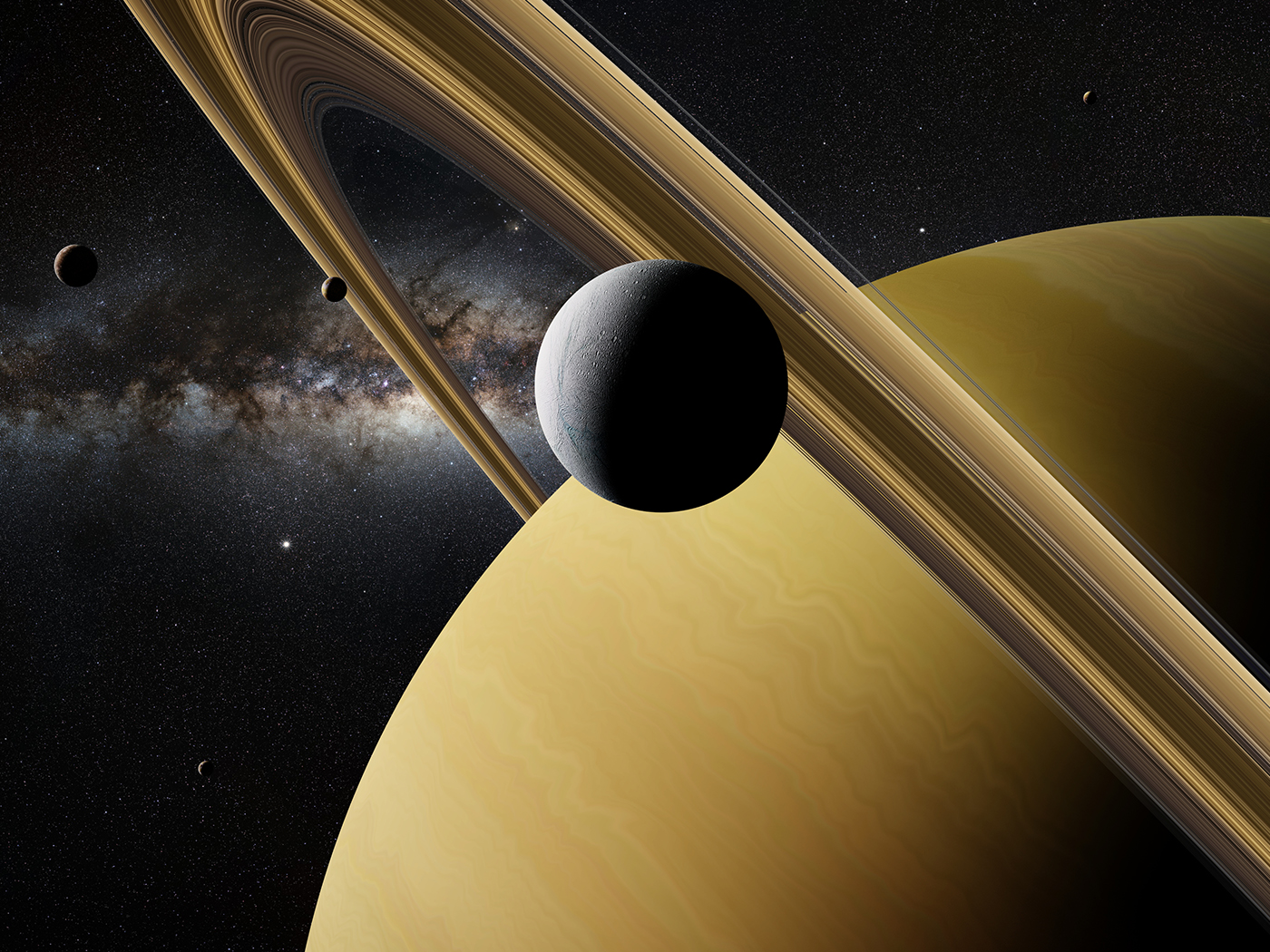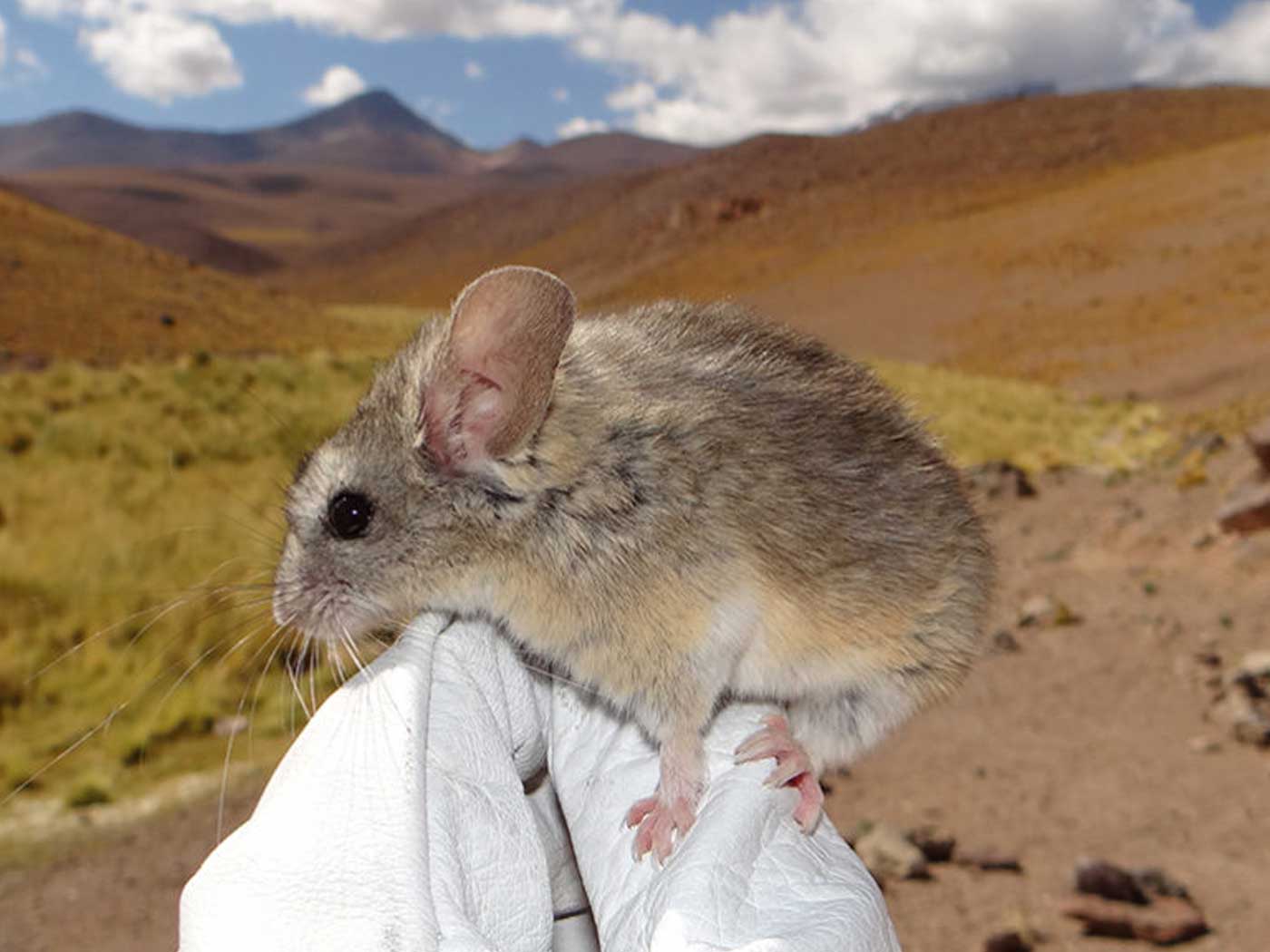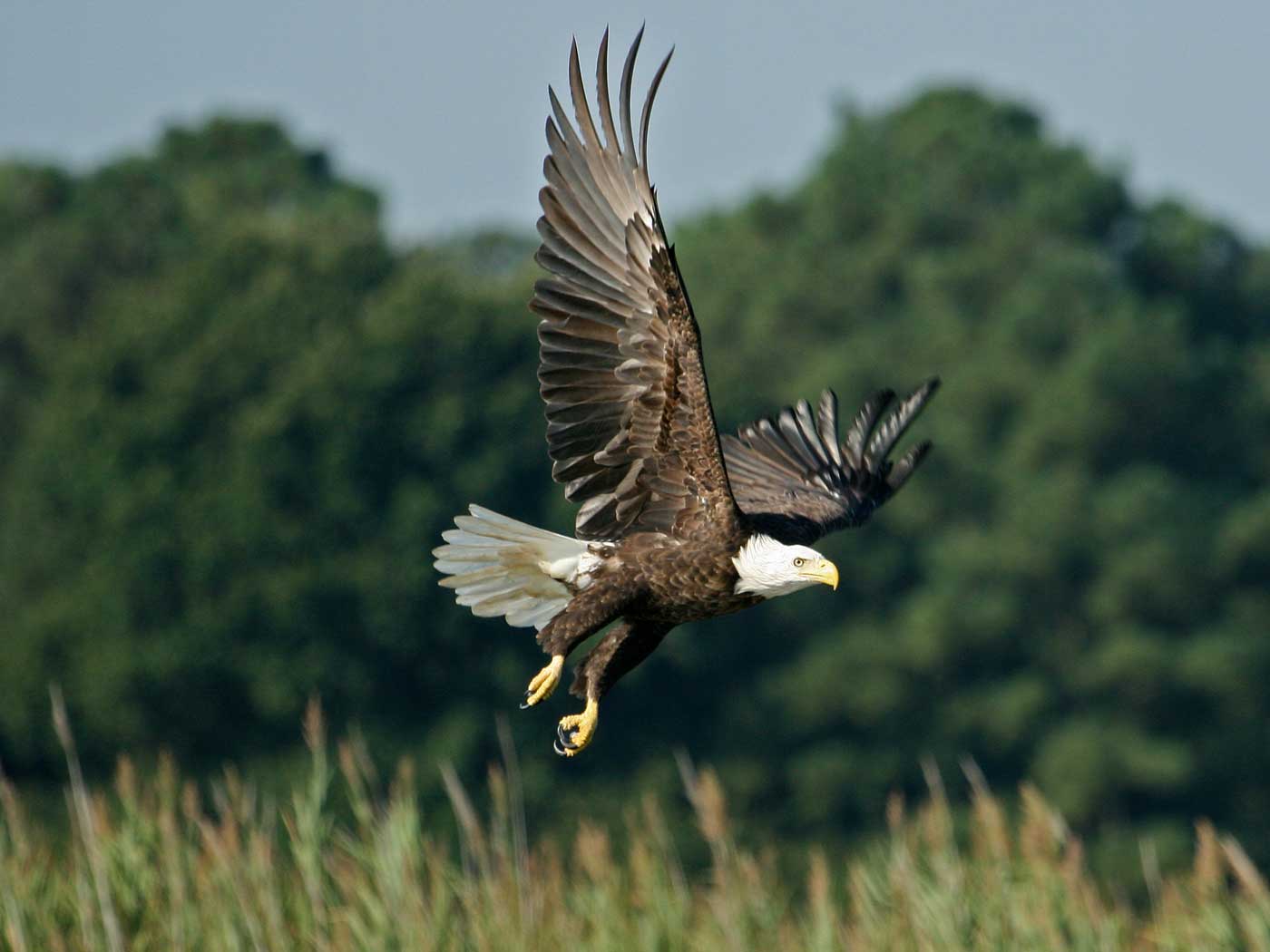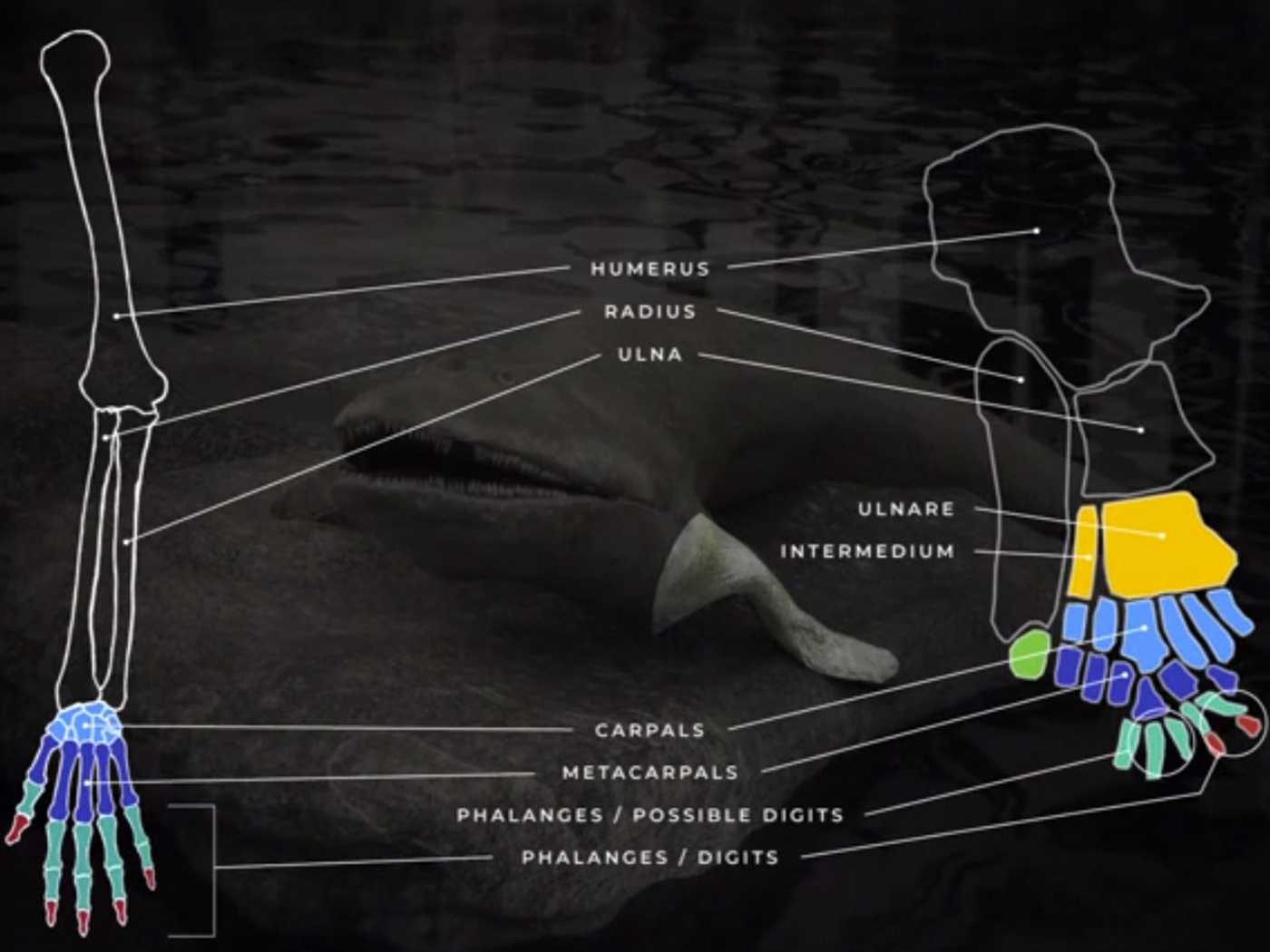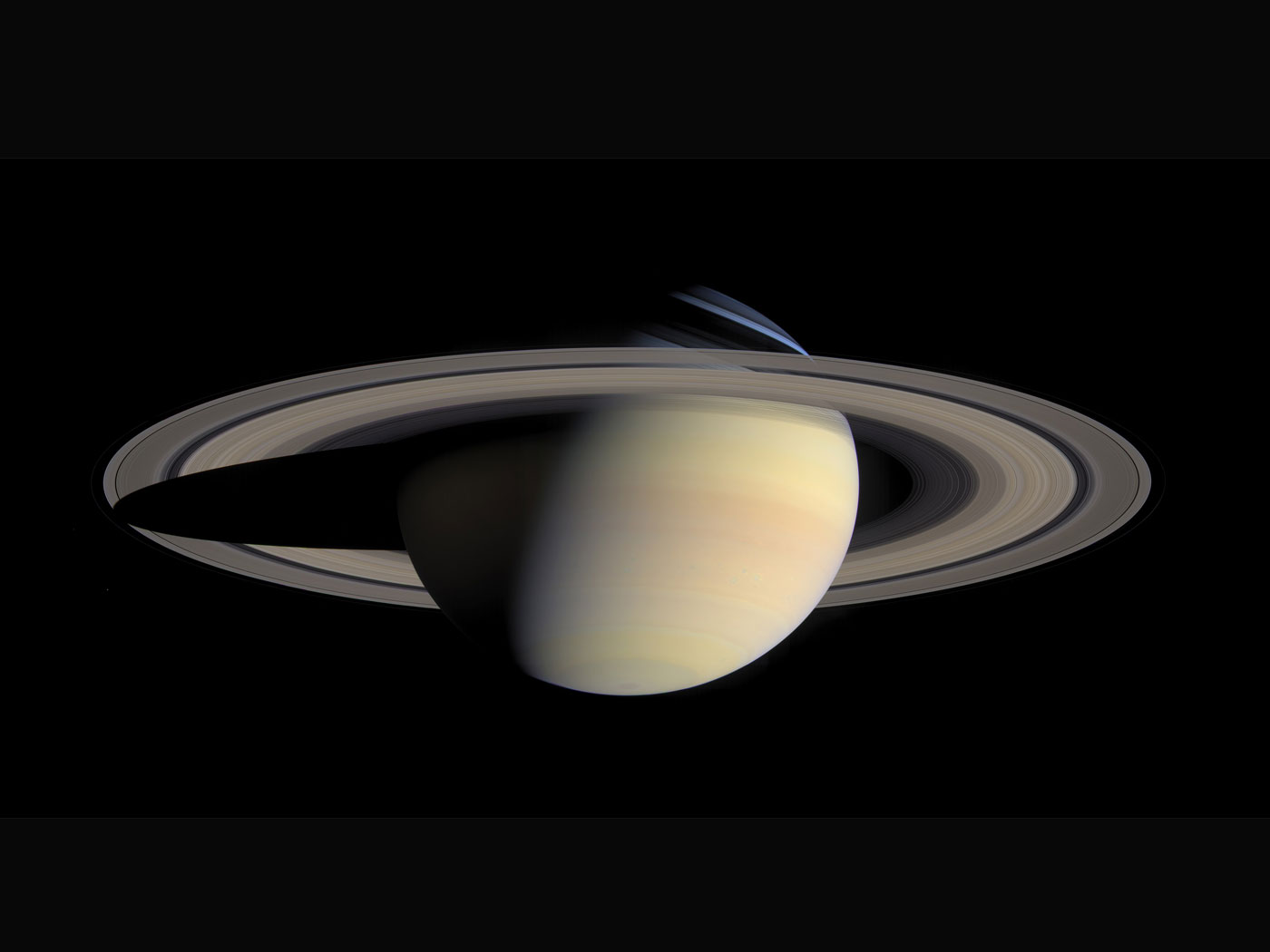The research team used macaque, chimpanzee, and human brain scans to try to figure out when and how humans’ unique language abilities evolved. Their technical report, published in Nature Neuroscience, included images showing some hypothetical brain pathways.2
They found similarities and differences in the three creatures’ brain pathways involved in vocalizations. That much makes sense, considering the similarities and differences between the ways the three species vocalize. To connect these animals to a common evolutionary ancestor, the group had to focus on similarities and skip the origin of key differences. The study authors wrote,
The current results advance a primate auditory prototype hypothesis, raising the possibility that our shared ancestors with apes and monkeys possessed symmetrical dorsal [upper] pathways interconnecting auditory temporal lobe regions with the IFC [inferior frontal cortex].2
Their results—some similarities and differences between brain pathways in different creatures—“advance” no such thing. Imaginations do that.
Of course the language regions of our brains evolved from the same ancestors that also evolved into today’s monkeys…as long as one assumes that humans evolved from those imaginary ancestors in the first place. These study authors never noted how natural processes could, step-by-step, craft a human brain from a macaque brain. They just assumed it happened.
This circular reasoning, when we assume a conclusion before we even reach it, paints presumptions across our proposed primate origins.
It’s one thing to assert that purely natural events accidentally solved the biological requirements for constructing brand new highly integrated and complicated structures like brains, but has anyone seen that happen in the real world? The authors wrote,
Our…observations across species have identified the auditory segment of the dorsal pathway and pushed back the emergence of the auditory prototype of the AF further than the split from a common ancestor with macaques (approximately 25 million years ago), rather than the 5 million years ago previously assumed, when humans and chimpanzees last shared a common ancestor.”2
Again, they reveal the bare assumption of evolution without offering evidence for it, and without dealing with the evidence against it.
Their own results revealed some of that very counter evidence. They wrote,
The hypothesis also posits a key point of differentiation that appears to have occurred uniquely in the human lineage: the differentiation of the human right dorsal pathway connectivity away from the auditory prototype to involve more caudal temporal and parietal areas.
In other words, human’s language pathways are uniquely human, as is language itself. That exactly fits the creation model, according to which God created man in His image, able to communicate with our Creator and He with us. Not so the animals, as even chimp and monkey brain scans show.
The Nature Neuroscience report included a second unscientific assumption. This research team offered no references, let alone data, to support statements about millions of years. Since they were not there to measure the supposed events they discuss, don’t such claims come from somewhere other than measurable science?
Such vastly ancient timestamps clearly come from various fossils age assignments that someone else fitted into a grand ape-to-human story. However, evidence stands against these vast ages. For example, mutations build up relentlessly over generations. The only four animals for which biologists have measured mutation rates all show only thousands of years’ worth of mutational buildup.3 At known DNA damage rates—about 100 per generation in humans—no primate or people population could have lasted 5 million years, let alone 25 million. The Bible’s account of a recent creation thousands of years ago explains today’s small amounts of accumulated mutations.
To base the conclusion that our brains evolved from apes on the assumption that we evolved from the same ancestors as apes is merely to argue in a circle. The same bad logic happens when one concludes millions of years through assuming them. Then to assume that nature can construct contraptions as complicated as brains ignores those brains’ high design requirements. Meanwhile, brain scans show that humans look even more distinctly human than one could have seen from the outside.
References
1. Origins of language pathway in the brain at least 25 million years old. Newcastle University Press Office. Posted on ncl.ac.uk April 20, 2020, accessed April 27, 2020.
2. Balezeau, F., et al. 2020. Primate auditory prototype in the evolution of the arcuate fasciculus. Nature Neuroscience. Published online before print, April 20, 2020, accessed April 22, 2020.
3. Jeanson, N. 2013. Recent, Functionally Diverse Origin for Mitochondrial Genes from ~2700 Metazoan Species. Answers Research Journal. 6: 467-501.
*Dr. Brian Thomas is Research Associate at the Institute for Creation Research and earned his Ph.D. in paleobiochemistry from the University of Liverpool.




